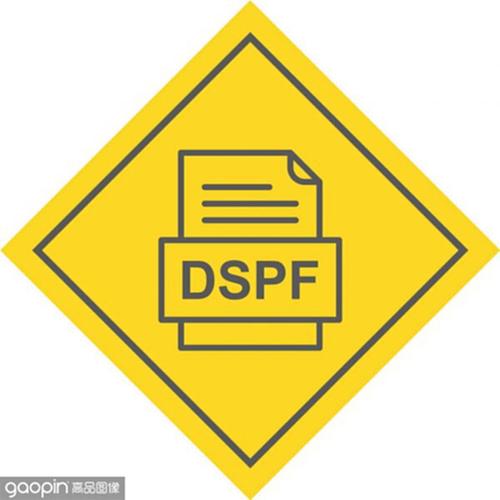
Understanding Vector File Format: A Detailed Guide for You
Vector file format is a crucial aspect of graphic design, GIS, and various other fields. If you’re new to this concept or looking to enhance your understanding, you’ve come to the right place. In this article, I’ll walk you through the ins and outs of vector file formats, providing you with a comprehensive guide tailored specifically for you.
What is a Vector File Format?
A vector file format is a type of digital file format that uses mathematical equations to represent images. Unlike raster files, which are made up of pixels, vector files store information about the shape, color, and position of each element within the image. This makes vector files highly scalable and resolution-independent, allowing you to resize them without losing quality.

Why Use Vector File Formats?
Vector file formats offer several advantages over raster files, making them a preferred choice for various applications:
-
Scalability: As mentioned earlier, vector files can be resized to any size without losing quality. This is particularly useful for graphics that need to be used across different mediums, such as print, web, and video.
-
File Size: Vector files are generally smaller in size compared to raster files, especially when dealing with complex graphics. This makes them easier to store, share, and transmit.
-
Editability: Vector files can be easily edited, allowing you to modify the shape, color, and position of elements within the image. This flexibility is invaluable for graphic designers and illustrators.

Common Vector File Formats
Several vector file formats are widely used in various industries. Here are some of the most popular ones:
| File Format | Description |
|---|---|
| SVG | Scalable Vector Graphics, an XML-based vector image format that is widely used on the web. |
| EPS | Encapsulated PostScript, a vector graphics file format that is commonly used in desktop publishing and print. |
| AI | Adobe Illustrator, a vector graphics editor developed by Adobe Systems. AI files are native to Illustrator and can contain complex graphics and text. |
| DXF | Drawing Exchange Format, a file format developed by Autodesk for storing 2D and 3D design data. |
How to Work with Vector File Formats
Working with vector file formats is relatively straightforward, especially if you’re familiar with graphic design software. Here are some general steps to follow:
-
Choose the right software: Select a vector graphics editor that suits your needs, such as Adobe Illustrator, Inkscape, or CorelDRAW.
-
Open a new document: Create a new document in your chosen software, specifying the desired dimensions and resolution.
-
Draw or import vector graphics: Use the software’s tools to draw shapes, lines, and curves, or import existing vector files.
-
Apply colors and styles: Assign colors, gradients, and other styles to your vector graphics.
-
Save your work: Save your vector file in the appropriate format, such as SVG, EPS, or AI.
Vector File Formats in Practice
Vector file formats are used in various industries and applications. Here are a few examples:
-
Graphic Design: Vector files are extensively used in graphic design for creating logos, illustrations, and other graphics.
-
GIS: Vector files are essential for storing and displaying geographic data, such as maps and boundaries.
-
Animation: Vector files are used in animation to create scalable and high-quality graphics.
-
Engineering: Vector files are used in engineering for designing and drafting 2D and 3D models.
Conclusion
Vector file formats are a powerful tool for creating scalable, high-quality graphics. By understanding the basics of vector file


